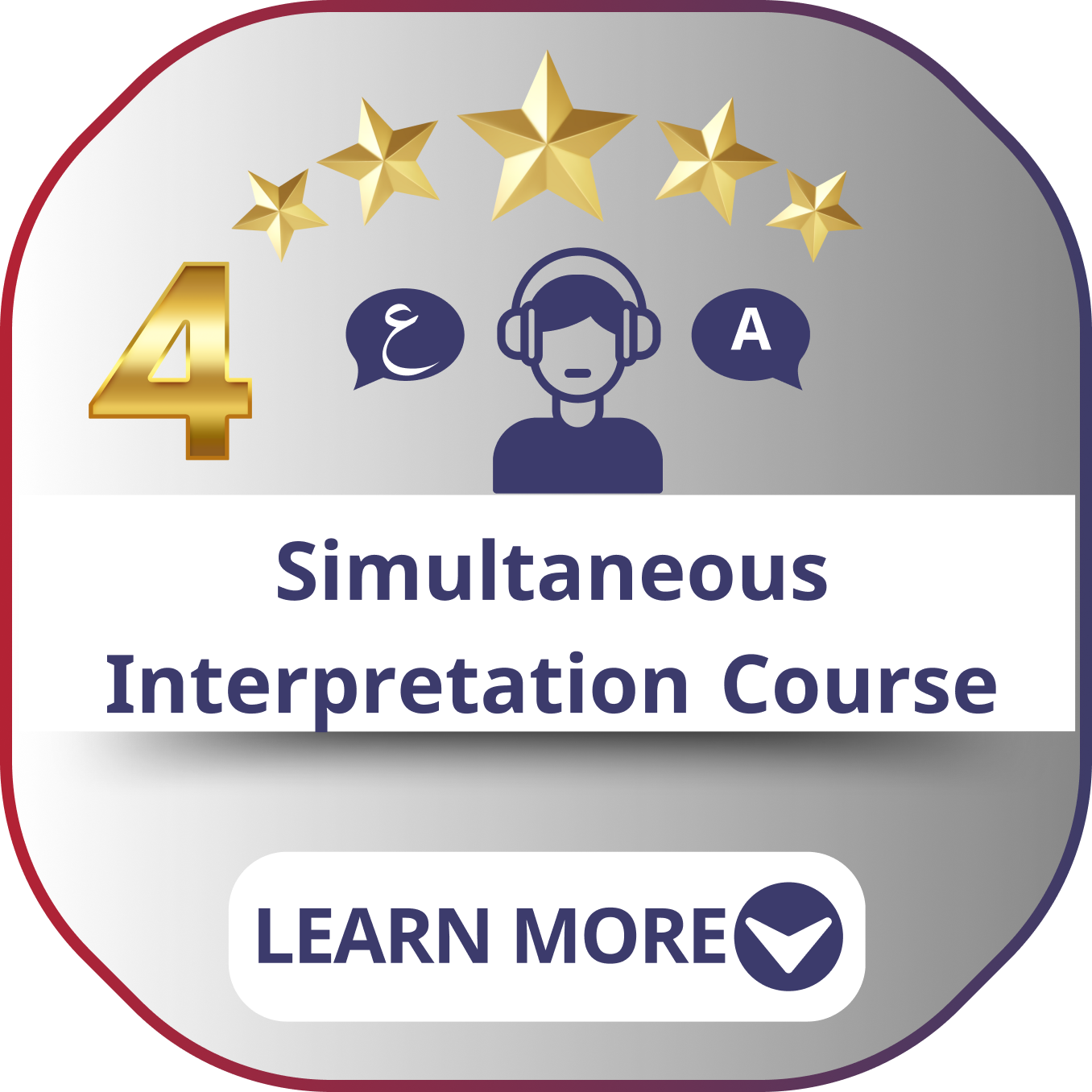test test
1. Understand the fundamentals of simultaneous interpretation and its various types.
2. Develop high-level listening and concentration skills during interpretation.
3. Master techniques for quickly comprehending and reformulating content accurately.
4. Practice managing time and handling work pressure in simultaneous interpretation.
5. Familiarize with interpretation tools and how to use them effectively.
6. Practice simultaneous interpretation in multicultural environments.
7. Master the handling of specialized terminology across different fields.
8. Learn how to handle emergencies and unexpected challenges.
9. Practice consecutive interpretation and its practical applications.
10. Practice simultaneous interpretation and its practical applications.
11. Understand professional ethics in simultaneous interpretation.
12. Develop analytical skills and advance preparation for anticipated texts.
Module 1: Introduction to Simultaneous Interpretation
• Description: General overview of simultaneous interpretation, its types, importance, and the differences from written translation.
Module 2: Listening and Concentration Skills
• Description: Training on active listening and high concentration to avoid missing information during interpretation.
Module 3: Comprehension and Reformulation Techniques
• Description: Learning how to quickly grasp content and accurately reformulate it in the target language.
Module 4: Time Management and Work Pressure
• Description: Strategies for managing time and handling pressure in high-speed, accuracy-demanding environments.
Module 5: Interpretation Tools
• Description: Introduction to tools that aid in interpretation, such as headsets, microphones, and advanced translation software.
Module 6: Interpretation in Multicultural Environments
• Description: How to handle cultural differences and convey meaning while respecting cultural diversity
.Module 7: Handling Specialized Terminology
• Description: Training on using specialized terminology effectively in specific fields (e.g., medical, legal).
Module 8: Handling Unexpected Challenges and Emergencies
• Description: Strategies for managing emergency situations that interpreters may encounter during live interpretation.
Module 9: Consecutive Interpretation
• Description: Learning techniques for consecutive interpretation, where the interpreter listens and translates after each sentence.
Module 10: Simultaneous Interpretation
• Description: Training in simultaneous interpretation, where the interpreter translates as the speaker is speaking.
Module 11: Professional Ethics in Simultaneous Interpretation
• Description: Understanding the rules and ethics of interpretation, including confidentiality and respect for original texts.
Module 12: Analysis and Preparation for Expected Texts
• Description: Developing analytical skills and advance preparation for anticipated topics in interpretation to improve performance.The program includes intensive practical training with real-life scenarios and examples from work environments such as conferences and meetings, with hands-on applications in each module. This enables participants to practice simultaneous interpretation effectively and achieve a high level of professionalism
